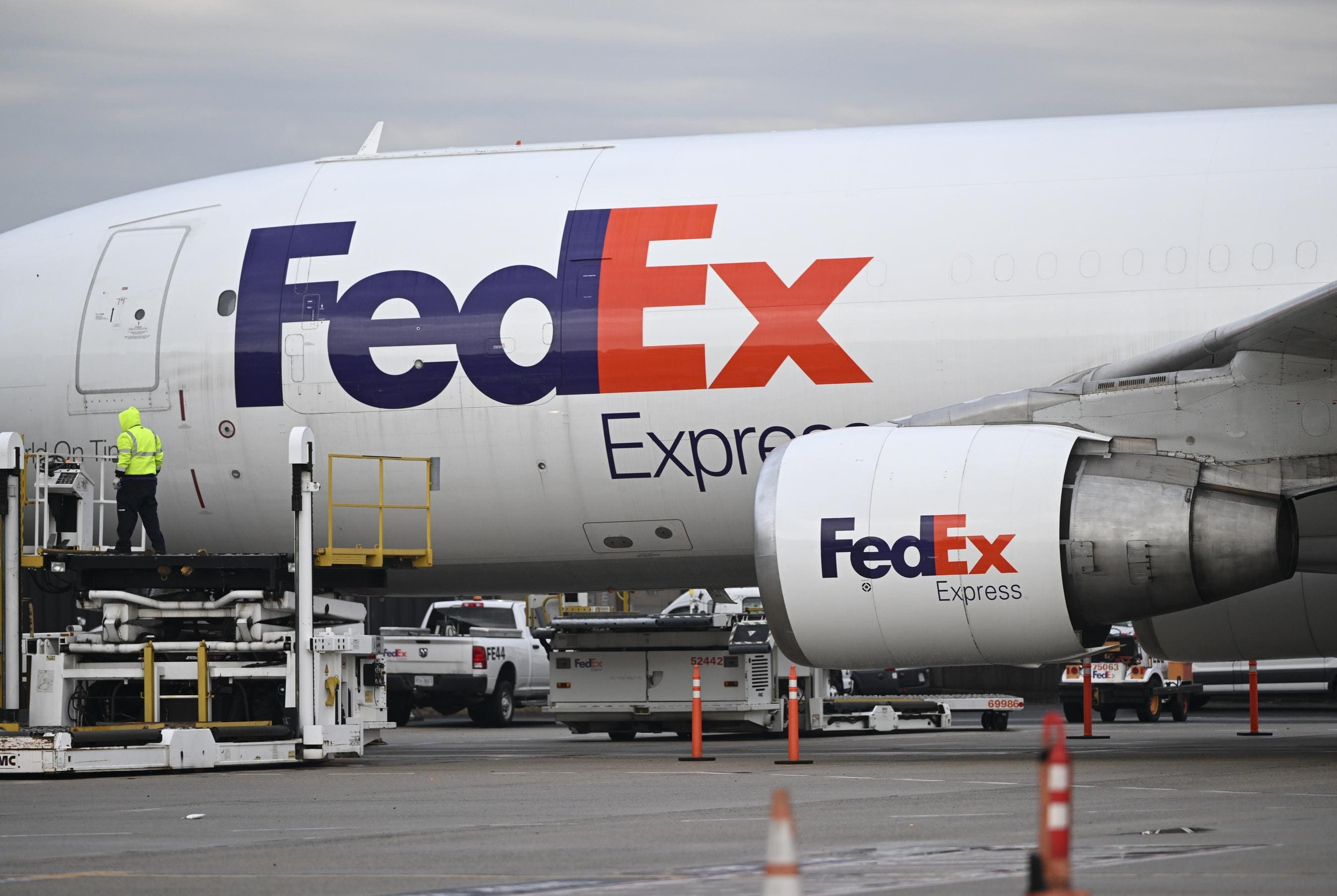Target's Disappointing Q3 Earnings and Bleak Holiday Forecast
Target, a major player in the retail industry, issued a surprisingly weak forecast for the holiday shopping season, sending shockwaves through the markets. The company reported a sluggish sales increase of just 0.3% during its latest quarter, significantly below expectations. This pales in comparison to the robust performance of its rival, Walmart, highlighting a stark divergence in the retail landscape.
The Impact on Target's Stock Price
The announcement caused Target's stock (TGT) to plummet by 22% on Wednesday, marking its worst trading day in over two years. This dramatic decline underscores the gravity of the situation and the market's negative reaction to the company's performance and outlook. The unexpected fall is a clear signal that investors are worried about the future of the retail giant.
Target's Struggling Customer Base
Target's struggles are deeply intertwined with the financial pressures faced by its core middle-class customer base. Higher prices and persistent inflation have forced consumers to curtail spending on discretionary goods, opting instead for essential items like groceries. CEO Brian Cornell acknowledged this trend, stating, “Consumers tell us their budgets remain stretched and they’re shopping carefully as they work to overcome the cumulative impact of multiple years of price inflation.”
Merchandise Mix and Pricing Challenges
Beyond the impact of inflation, Target's merchandise mix has also contributed to its decline. Unlike competitors such as Walmart (WMT) and Costco (COST), Target stocks a higher proportion of discretionary items. This makes the company more vulnerable to shifts in consumer sentiment and discretionary spending. Analyst Joseph Feldman of Telsey Advisory Group noted, “Target may be losing share among its middle- to upper-income consumers to retailers like Amazon, Costco and Walmart.” This loss of market share reflects a broader trend of consumers prioritizing value and essential goods over non-essential purchases.
Target’s attempts to mitigate these challenges include price cuts on thousands of items in recent months. However, these measures have yielded limited success in boosting sales, underscoring the complexity of the problems confronting the company.
Walmart's Success and Market Share Gains
In stark contrast to Target’s struggles, Walmart is experiencing significant growth. The company reported a 5.3% increase in US sales at stores open for at least a year during the last quarter. This positive performance is attributed, in part, to gains in market share among higher-income households. Walmart stated that households earning over $100,000 a year accounted for a substantial 75% of its sales gains.
TJX, the parent company of TJ Maxx and Marshalls, also recorded positive results, further highlighting the divergence in performance among retailers. Their success underscores a trend toward consumer prioritization of value and essential goods, with higher-income households driving a significant portion of this growth. This trend emphasizes the crucial need for retailers to adapt their strategies to changing consumer behavior and market dynamics.
Target's Response and Future Plans
Despite the challenges, Target maintains optimism, citing an increase in customer traffic and digital sales growth. The company asserts its strategy remains sound, emphasizing its commitment to unique offerings, expanding advertising efforts, and enhancing online shopping experiences. However, several analysts question whether these strategies are sufficient to address the company's current predicament. The uncertainty surrounding Target's future underscores the critical need for adaptive strategies to regain its market share and restore profitability. The coming holiday season will serve as a critical test of these strategies and their effectiveness.
Navigating the Uncertainties Ahead
The contrasting performances of Target and Walmart highlight the complexities of the current retail landscape. While Target battles with decreased discretionary spending and increased competition, Walmart capitalizes on the shift towards value and essentials. The success of retailers like TJX further emphasizes the need for adaptability and strategic adjustments. The divergence in performance underscores the importance of understanding consumer behavior and tailoring strategies accordingly. Target's future success will depend on its ability to effectively address its internal challenges and adapt to the changing dynamics of the retail market. The coming months will be pivotal, particularly during the crucial holiday shopping season. The upcoming quarter's results will be carefully scrutinized by investors and analysts alike as an indicator of the company's capacity for a turnaround. The company's ability to adapt and innovate will be paramount in determining its long-term prospects within the fiercely competitive retail industry. Success hinges on the effective implementation of strategic adjustments to navigate the evolving landscape and regain its position in the market.



















